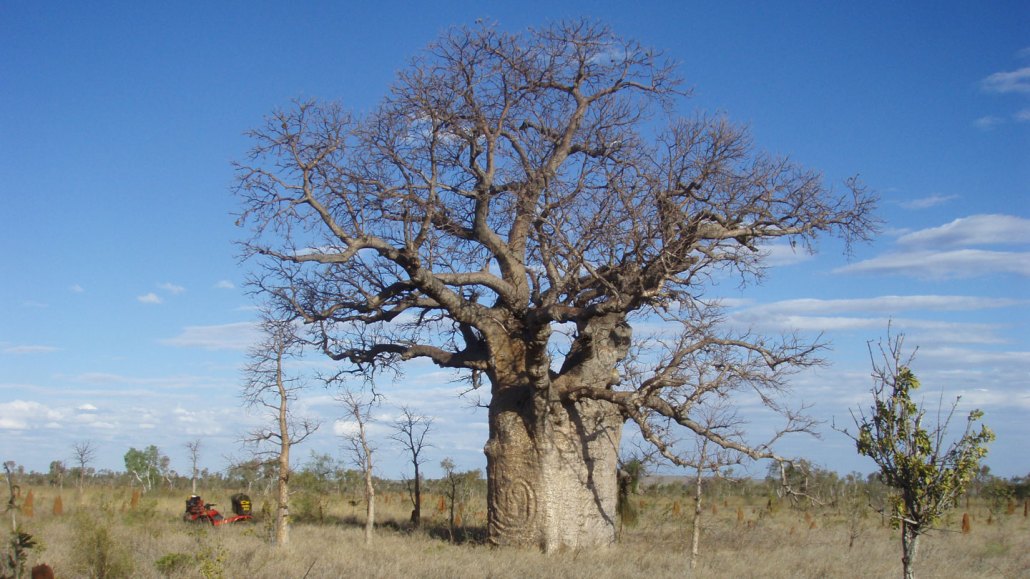Carvings on Australia’s boab trees reveal a generation’s lost history
Archaeologists and an Aboriginal family are working together to rediscover lost ties to the land

This boab engraved with the image of a snake is one of 12 rediscovered during a 2021 expedition into the Tanami Desert in Australia. The carvings have cultural ties to the Jaru, an Aboriginal group from the Kimberley region in western Australia.
D. Lewis